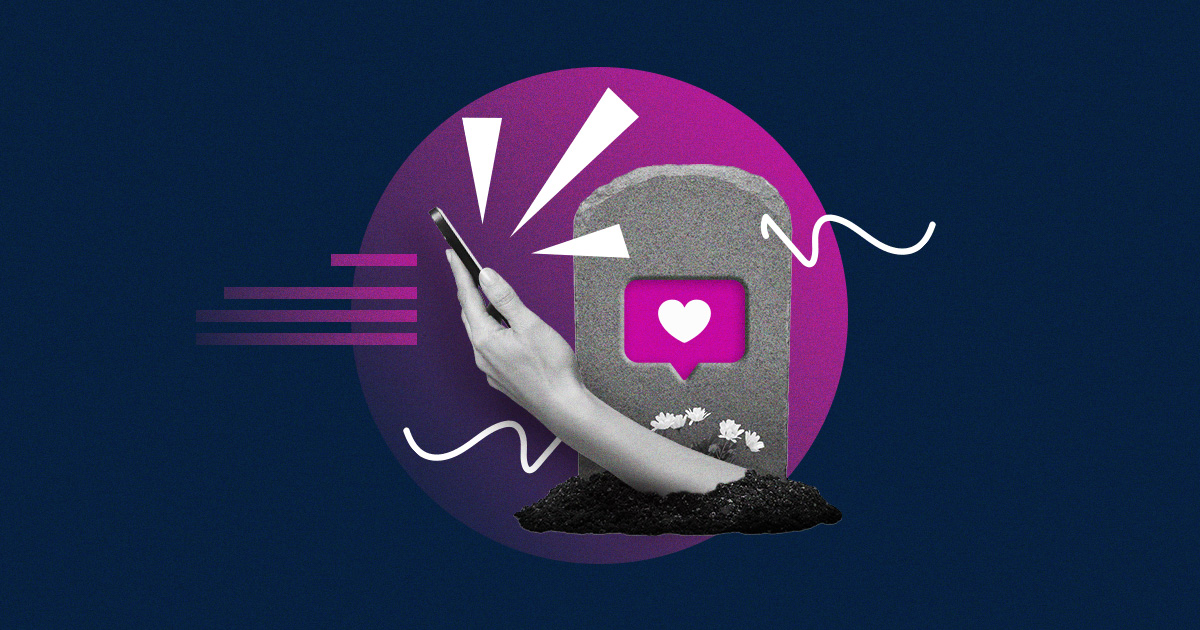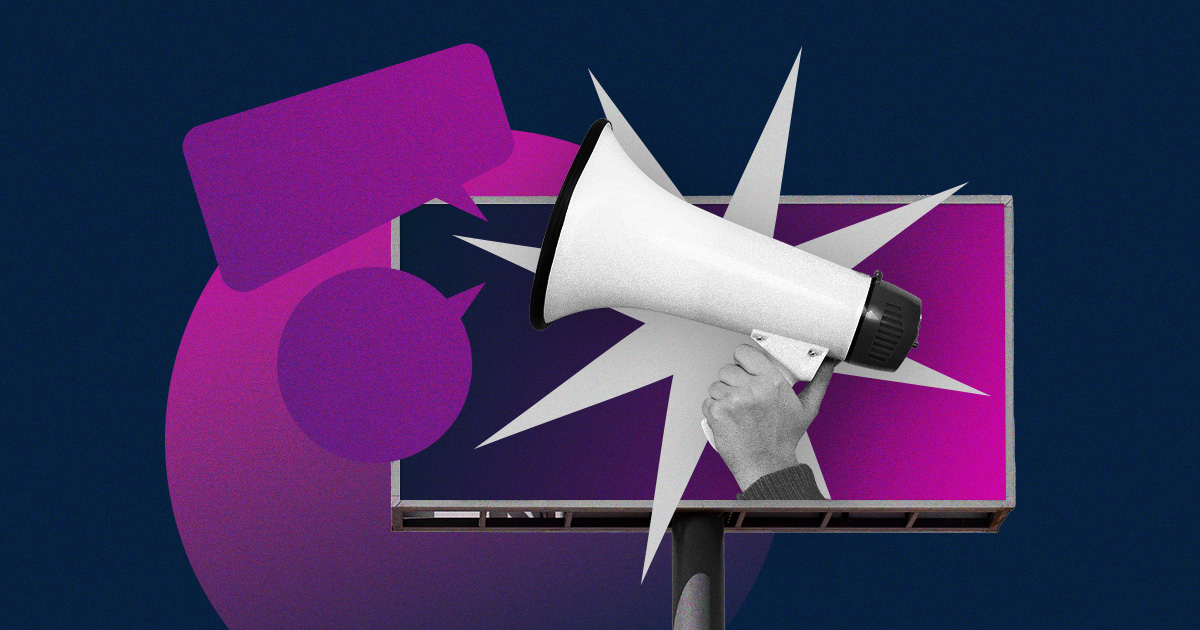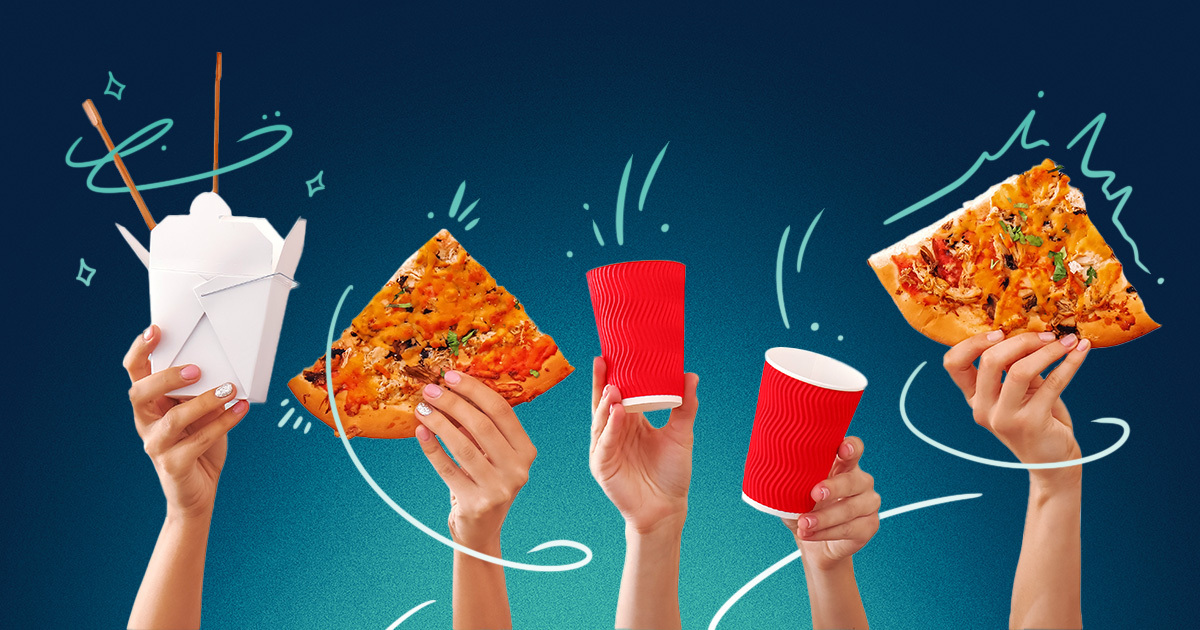
2023 was the year Rihanna performed the Super Bowl halftime show. It was the hottest year in history (seriously), artificial intelligence made its way into the mainstream, and Viva Magenta was the color of the year.
In 2024, Pantone’s color of the year is Peach Fuzz, AI is still top-of-mind for marketers and consumers alike, and five global consumer trends and behaviors have emerged. By understanding consumer sentiment and buying behavior, brands can connect with their customers in more meaningful ways. Without further ado, here are the top five marketing trends for 2024 based on research by market intelligence agency Mintel.
1. Relationship Renaissance
The trend: “Consumers are finding comfort through screens at the cost of building meaningful relationships in real life. This has left people craving new forms of intimacy for the sake of their physical and mental health.”
What this means for brands: This trend emerges as younger people look to connect with others in a low-effort, organic way. As consumers lessen their screen time and instead turn to fitness, arts and crafts, and leisure activities, brands can support this need for in-person connection by creating opportunities for people to gather. Through meaningful and intimate events, brands can help consumers combat feelings of loneliness and fill the relationship gap that technology leaves.
Speaking of technology, there’s still a place for it here. Apps focused on “mindful scrolling” that help foster connection can organically lead to these in-person events. For example, Bumble has a similar version of its dating app for finding friendships, and a new app, Catchup, sends its users reminders to stay in touch with friends and family.
And when it comes to these gatherings, larger events with a strict schedule and complicated logistics can turn people away. Things like parking and purchasing tickets can be barriers for consumers, so keep things small, simple, and focused.
Example: Happy Camper, a bar and restaurant in Denver, started a weekly event series called “Arts + Carafes,” where bottomless wine and art supplies are provided for DIYs, such as beaded bracelets, painted tile coasters, and bejeweled martini glasses.
View this post on Instagram
2. Being Human
The trend: “In a world increasingly dominated by algorithms, we will need human skills and emotion to make the most of this technological revolution.”
What this means for brands: Brands that pair technology with human connection can provide personalized experiences for consumers. Those personalized experiences can make a significant difference in consumer purchasing behavior. A study by McKinsey found that “76% of consumers said that receiving personalized communications was a key factor in prompting their consideration of a brand, and 78% said such content made them more likely to repurchase.”
Customers also want more human connection with brands. Nothing is more frustrating than calling a company’s customer service line hoping to speak with a person and instead finding a pre-recorded message. 2024 is the year that brands will need to find a better balance between automation and human interaction.
Example: Wayfair recently launched Decorify, where users can upload a photo of their home, choose their favorite style, and instantly see the room re-designed through AI. Consumers can then purchase any of the products in the new design.
3. More Than Money
The trend: “Consumers will reassess what matters most to them, affecting not only what they want and need, but their perception of what constitutes value.”
What this means for brands: As consumers consider what a brand means to them personally, brands can offer an emotional connection by highlighting their heritage, leveraging nostalgic elements, and underlining reliability and trust. Not only that, but modern consumers also buy things that bring them joy. Brands can create branded merchandise that allows their customers to feel an emotional connection with them.
Example: Panera’s Carb Couture collection features clothing and accessories that feature some menu favorites such as mac and cheese and baked goods.
4. Positive Perspectives
The trend: “Brands and consumers will work together in new ways to deal with uncertainty.”
What this means for brands: To help consumers feel more grounded and reassured, brands can communicate more openly and honestly, providing products and information that reflect reality. Brands can be there for consumers in their good times and bad times.
Example: Going through a divorce is difficult, so Fresh Starts launched registry services for divorcees.
View this post on Instagram
5. New Green Reality
The trend: “Incorporating sustainability into the day-to-day is not enough; consumers and brands will be faced with the reality that survival within a new climate context has to be the priority.”
What this means for brands: According to Mintel, 36% of US adults believe brands are most responsible for sustainability compared to 27% who believe it’s the government’s responsibility. With over a third of US consumers expecting companies to take responsibility for environmental practices, brands will have to communicate their sustainability processes openly, demonstrate measurable impact on the environment, and actively involve consumers in these efforts.
Example: In aviation, contrails left by aircraft can lead to atmospheric warming by trapping heat. Google and American Airlines partnered on a study in the hopes of reducing aviation’s environmental impact by avoiding contrails.
Key Takeaways
Ultimately, these upcoming trends are based on consumer confidence regarding relationships, AI, and climate change. In 2024, brands can connect with their customers by bringing a human element to consumer touchpoints, utilizing AI in a way that creates trust and allows for innovation, and prioritizing a clean planet.
Coca-Cola, Crayola, Mastercard, and other big brands are already activating on the Relationship Renaissance trend by creating unique experiences for their customers. Learn more about how these brands are fostering connection here.




